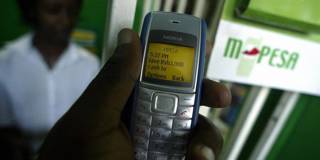To commemorate its founding 25 years ago, PS is republishing a selection of commentaries written since 1994. In the following commentary from 2012, Bill Gates said the spread of transformative digital technologies in Africa was finally gaining momentum.
SEATTLE – Usually, “optimism” and “realism” are used to describe two different outlooks on life. But I believe that a realistic appraisal of the human condition compels an optimistic worldview. I am particularly optimistic about the potential for technological innovation to improve the lives of the poorest people in the world. That is why I do the work that I do.

SEATTLE – Usually, “optimism” and “realism” are used to describe two different outlooks on life. But I believe that a realistic appraisal of the human condition compels an optimistic worldview. I am particularly optimistic about the potential for technological innovation to improve the lives of the poorest people in the world. That is why I do the work that I do.